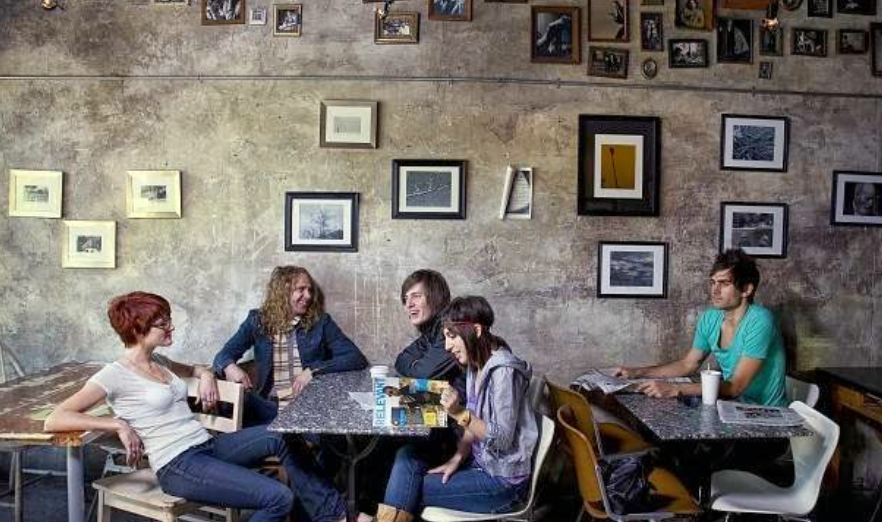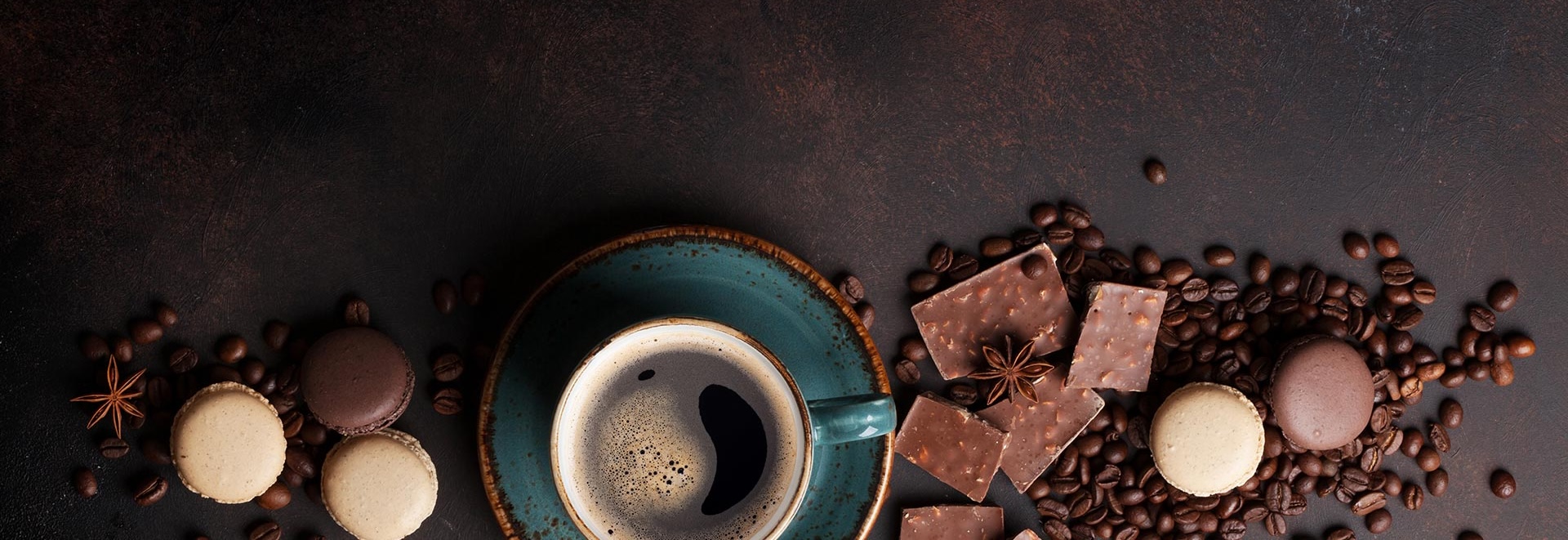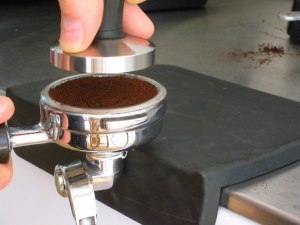
Will the “Third Wave” Coffee Shop Last? Part 2: The Questionable
Few are willing to deny the positive values held dear by third wave café owners, yet from a perspective seasoned in business and attuned to the history of local food service, the third wave coffee shop very well may be temporary phenomena. Here are some facts that hinder this wave from carrying the societal clout it strives for.
Many of these cafes faults can be summarized in a self-defeating “better than thou” mentality.
You’ve probably experienced firsthand the condescension winos and culinary gurus can display. “I can’t believe you can drink that.” “This food is detestable; I’ve never eaten a more over cooked al dente linguini. It is barely palatable.” Phrases such as these turn more people away from cultivated tastes than they convert. Artisanal coffee is no different. Shops that offer only three drink options and that disdain variability in their customers can easily fall into this trap.
 While most coffee drinkers want their daily cuppa to taste good, they are likely consuming coffee for its effects, and visit their favorite café en route to work. The café campers are the minority. This being said, too much quality control causes slower drink output. Cafes are great meeting places, but they serve the double function of providing a comfortable place to drink a pleasurable beverage and churning out necessary utility. Many third wave shops are taking too long, leaving many would be regulars at the bar. They likely seek out a more convenient stop for their lunch break pick-me-up, whether that is Starbucks or their office’s break room.
While most coffee drinkers want their daily cuppa to taste good, they are likely consuming coffee for its effects, and visit their favorite café en route to work. The café campers are the minority. This being said, too much quality control causes slower drink output. Cafes are great meeting places, but they serve the double function of providing a comfortable place to drink a pleasurable beverage and churning out necessary utility. Many third wave shops are taking too long, leaving many would be regulars at the bar. They likely seek out a more convenient stop for their lunch break pick-me-up, whether that is Starbucks or their office’s break room.
The emphasis on local business can often border an isolationism. These cafes often consider themselves to be on the cutting edge of societal change. When they open, they boast brand new, top of the line espresso machines, and an array of locally roasted beans from a similarly up and coming roaster. However, they insist on sourcing everything on their own. The managers think they can function as both an administrator, delivery boy, repair man, and maintenance crew. They make frequent trips to Costco for the products that they burn through multiple times a week. We like to refer to these managers as the “Five Buck Chucks” of the world. They think they can do everything on their own and inadvertently fund global corporations when there are distinctly local businesses that can help them in these ways. Using local distributors and mechanics is a less glamorous means of bolstering local business, but is probably the more honest way to reinforce the culture they wish to change.
The “Direct Trade” stamp on a bag of coffee looks great, but is it worth time and money of a small local business? Visiting the farm where one sources their coffee from is a necessity to maintain a stable relationship with a grower, but the payoff is minimal, and hardly a justifiable expense for a café that is trying to make ends meet. There are no guarantees that the farm a café chooses to work with can guarantee the best beans on a season to season basis either. This is one of many ways that third wave shops try to make themselves unique, yet there are much larger companies that can afford the same endeavors, have greater quality control, and that have been engaging in them for much longer.
Peter Baskerville, an entrepreneur who has successfully opened twenty café locations, gives frank insight into the failures of most start-up shops in a short post on Quora. Interestingly enough, he doesn’t define failure as “closing the doors and taking down the sign,” but instead talks about how most founders don’t receive as much from their investment of time and money as they should. The “The Kitchen Rules” fault that he defines encapsulates the Third Wave’s obsession with slow preparation to produce perfect beverages. The “Coffee Only” pitfall describes how many cafes try to make their coffee the primary money maker. This corresponds to the bare-bones strategy of the third wave café. With direct-trade prices comes expensive lattes, which may well be a “Poor Pricing Strategy” as Baskerville points out.
These facts are food for thought, and they may be the indications that this phenomenon is quickly becoming an over-extracted shot of espresso. Soon to come: “Will the Third Wave Coffee Shop Last? Part 3: The Final Verdict.



